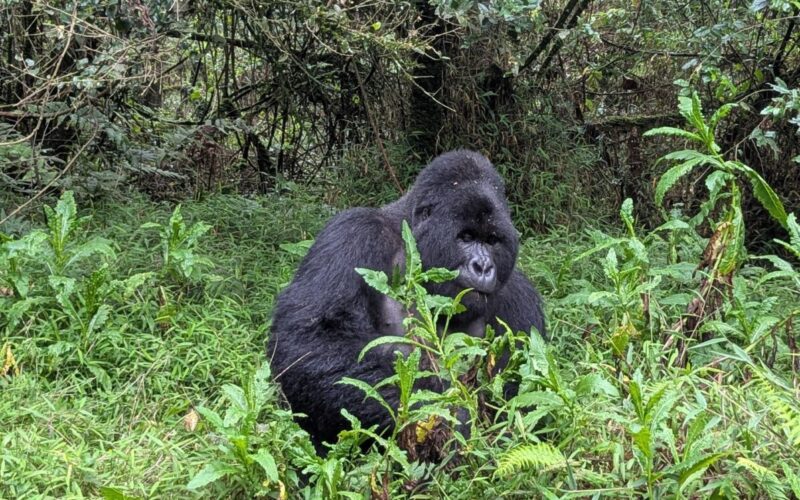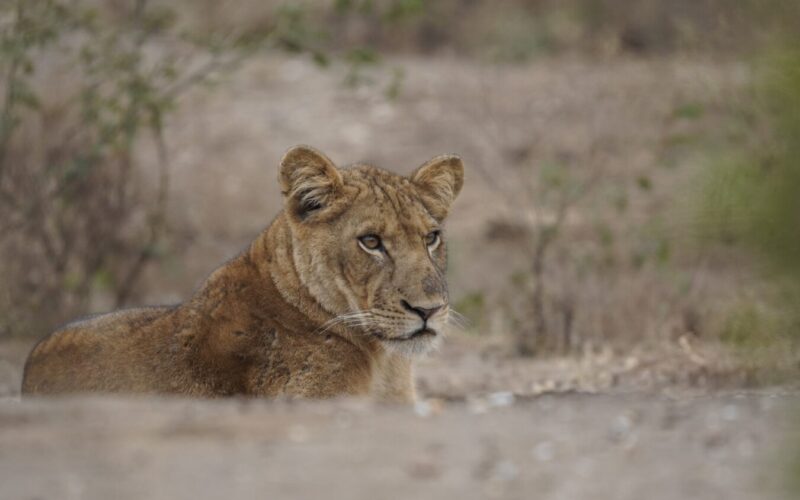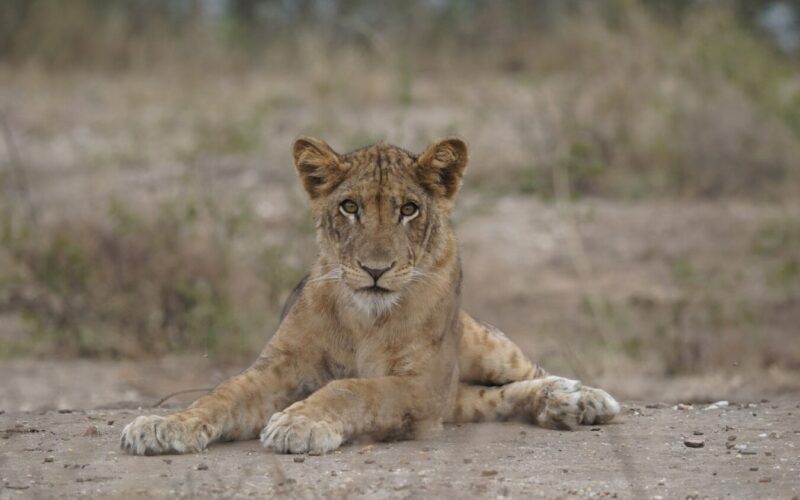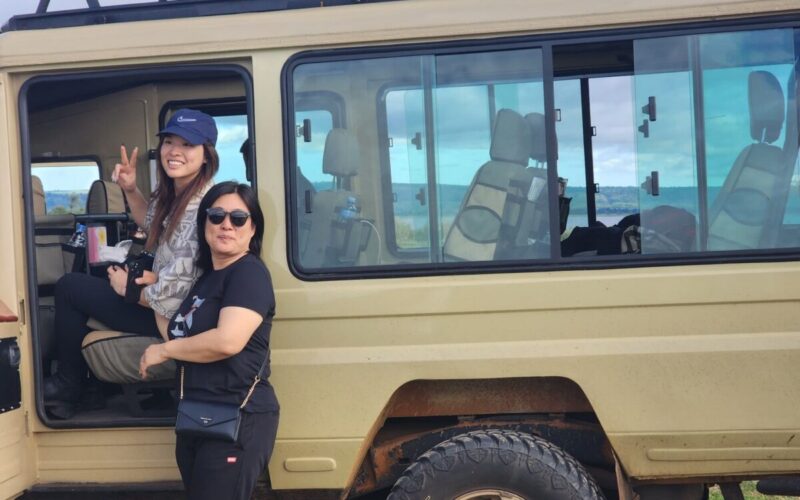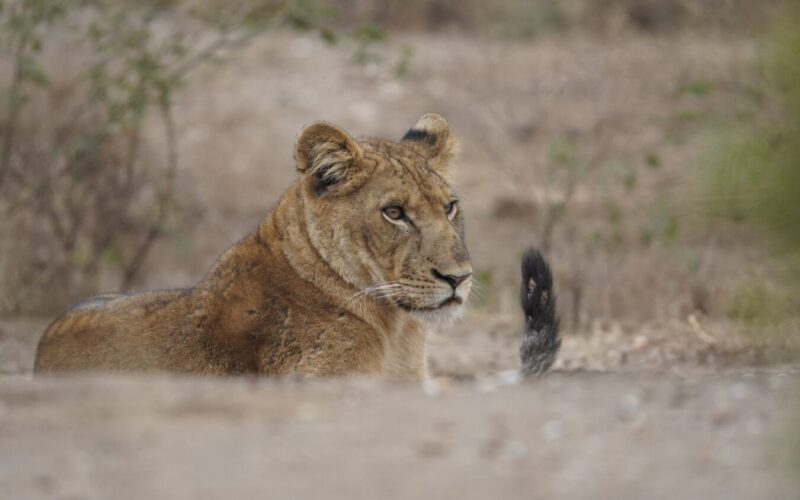
Cultural Tours in Tanzania
November 7, 2025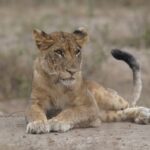
Birdwatching Safaris in Tanzania
November 7, 2025Calving Season Safaris in Serengeti – A Premier Tanzania Uganda Safari Experience
The Serengeti calving season, occurring between January and March, offers travelers one of Africa’s most remarkable wildlife spectacles. During this period, hundreds of thousands of wildebeest calves are born across the southern plains and Ndutu region. Lush green grass nourishes the newborns while attracting a high concentration of predators, creating a dynamic and dramatic “circle of life” experience. A Tanzania Uganda Safari that incorporates calving season in the Serengeti allows visitors to witness raw, natural interactions between predator and prey, alongside other wildlife and bird species inhabiting this vibrant ecosystem.
This time of year also offers exceptional photography opportunities, as rolling green plains dotted with wildebeest herds and newborn calves form a breathtaking landscape. Families of zebras and gazelles contribute to the spectacle, providing a diverse and immersive wildlife experience. Small group safaris ensure personalized observation and flexible itineraries, allowing visitors to track predator activity while minimizing disturbances. For travelers seeking a Tanzania Safari and Gorilla Trek, calving season provides a rare chance to witness synchronized births alongside other safari highlights in Northern Tanzania and neighboring Uganda.
Witnessing the Births: Nature’s Miracle in Motion
Calving season transforms the Serengeti into a thriving nursery for hundreds of thousands of wildebeest. Within a few short weeks, newborn calves appear across the southern plains and Ndutu, often standing and running within minutes of birth. Zebras and gazelles join this spectacle, enhancing the diversity of newborn wildlife for travelers to observe. Bird species, including raptors and scavengers, are drawn to the activity, creating a complex ecosystem in motion.
For wildlife photographers, this period provides unprecedented opportunities to capture both intimate and dramatic moments. Lions, cheetahs, and hyenas concentrate around the newborns, hunting or waiting for a chance to strike, offering a close-up view of survival strategies in the wild. Expert guides on a Tanzania Safari and Gorilla Safari ensure safe and ethical observation of predator-prey interactions, emphasizing respect for the animals while maximizing wildlife sightings.
Lodges and camps near Ndutu often offer cultural immersion, including visits to Maasai villages where travelers learn about traditional lifestyles, beadwork, and livestock management. Integrating these cultural experiences enhances the overall safari adventure, providing a holistic perspective that combines wildlife observation with human heritage. Families, solo travelers, and wildlife enthusiasts alike benefit from this rich, educational, and visually stunning experience.
Predator Activity: The Drama of Survival
The calving season draws unprecedented concentrations of predators to the southern Serengeti. Lions, hyenas, cheetahs, and even leopards exploit the abundance of vulnerable calves, creating natural spectacles that fascinate visitors. Observing predator behavior during this period provides insight into hunting strategies, social dynamics, and territorial interactions. Predators are often easier to spot due to their higher concentration and activity levels, making this period ideal for both observation and photography.
A small group Tanzania Wildlife Safari ensures that travelers can track these interactions in less-crowded settings, allowing closer observation without disturbing the wildlife. Guides teach visitors to interpret animal behavior, anticipate movements, and understand ecological interactions, elevating the safari from simple sightseeing to an immersive learning experience. Cultural exchanges at nearby lodges further enhance the visit, allowing travelers to engage with local communities that coexist alongside wildlife, offering insight into traditional conservation practices and livestock management.
Calf Survival and the “Circle of Life”
Witnessing the survival strategies of newborn wildebeest is a highlight of calving season safaris. Calves demonstrate extraordinary resilience, often running within minutes of birth to avoid predators. Mothers protect their young with vigilance, guiding them across the lush plains and teaching them essential survival behaviors. Observing these interactions provides a deep understanding of natural selection, adaptation, and the fragile balance of ecosystems in a Tanzania Uganda Wildlife Safari context.
The southern Serengeti plains provide dramatic scenery, with rolling grasslands, distant acacia trees, and large herds creating a visually captivating environment. Early morning and late afternoon game drives maximize opportunities to observe wildlife activity while avoiding the heat of midday. Incorporating additional park visits, such as Lake Manyara or Ngorongoro Crater, allows travelers to witness diverse landscapes and ecosystems, creating a complete Tanzania Safari and Gorilla Trekking experience that spans both wildlife and birding observation.
Why Choose Calving Season for Your Safari
Calving season offers unique advantages for wildlife enthusiasts. The high concentration of predators provides exceptional wildlife viewing and photography opportunities, unmatched by any other time of year. This synchronized birthing event is one of Africa’s rare natural phenomena, attracting travelers eager to witness a true ecological spectacle.
Itineraries often combine the calving season with other attractions, such as Ngorongoro Crater, Tarangire, or Lake Manyara, enhancing overall wildlife diversity. Travelers on Tanzania Safari and Gorilla Safari tours experience a dynamic mix of predator-prey interactions, birdwatching, and cultural immersion. Lodges and tented camps provide both luxury and ecological sustainability, offering solar-powered amenities, local cuisine, and opportunities to interact with nearby Maasai communities, ensuring a holistic and responsible travel experience.
Planning Considerations for Calving Season Safaris
Peak calving season typically occurs in February, although the broader event spans from January to March. Booking well in advance is essential, as this is one of the most popular periods for safaris in Tanzania. Travelers should consider itinerary duration, focusing on 5- to 10-day tours to maximize sightings while maintaining a relaxed pace.
Small group safaris offer flexibility and expert guidance, ensuring safety and minimizing environmental impact. Experienced guides help travelers locate newborns, anticipate predator behavior, and understand ecological dynamics. Lodges near Ndutu often integrate cultural experiences, such as visits to Maasai villages or participation in local conservation projects, allowing visitors to contribute positively to the local economy. Incorporating a Tanzania Safari and Uganda Gorilla Trek extension enables travelers to explore both Tanzania’s wildlife and Uganda’s gorilla habitats, creating a comprehensive East African adventure.
Birding and Other Wildlife During Calving Season
While the calving season focuses on wildebeest, the Serengeti also offers rich birdwatching opportunities. Raptors such as Martial Eagles, Kori Bustards, and Secretary Birds thrive in the plains, while migratory species pass through during the green season. Birdwatchers can combine Tanzania Wildlife Safaris with specialized birding excursions, visiting Lake Ndutu, Lake Manyara, or Tarangire for diverse avian species.
Other mammals, including zebras, gazelles, and elephants, are highly visible during this period, creating opportunities for comprehensive wildlife photography. Early morning drives capture dramatic predator-prey interactions, while afternoons provide scenic vistas of grazing herds against lush landscapes. Lodges often offer educational workshops on ecology and conservation, helping travelers understand how calving season contributes to broader ecosystem health.
Cultural Experiences Around Calving Season Lodges
Cultural interaction enhances the calving season safari experience. Lodges and camps near Ndutu collaborate with Maasai communities to offer visitors insight into traditional practices, including beadwork, cattle herding, and storytelling. Guests can observe daily life, participate in community activities, or support local education and conservation initiatives.
These experiences strengthen a Tanzania Uganda Gorilla Safari by combining wildlife observation with human heritage, creating meaningful memories while contributing to local development. Travelers gain firsthand understanding of how communities live alongside wildlife, fostering respect for both cultural and natural landscapes. Guided visits ensure ethical engagement, while smaller groups minimize environmental and cultural impact.
Calving Season – A Must-See Tanzania Safari
A Calving Season Safari in Serengeti offers a rare opportunity to witness nature’s raw intensity, from newborn wildebeest and zebras to concentrated predator activity. Combining this with other parks, birdwatching, and cultural experiences provides a full Tanzania Uganda Wildlife Safari adventure. Small group safaris ensure personalized observation, ethical wildlife engagement, and expert guidance, creating a safe and immersive experience for families, solo travelers, and wildlife enthusiasts.
Deks Safaris and Tours specializes in creating tailored itineraries that integrate calving season highlights with gorilla trekking in Uganda, birding, and cultural interactions. Each trip emphasizes sustainability, conservation, and authentic engagement, positioning travelers to experience the Serengeti at its most vibrant while supporting local communities. Calving season is more than a wildlife event—it is a storytelling landscape where the circle of life unfolds before your eyes.

